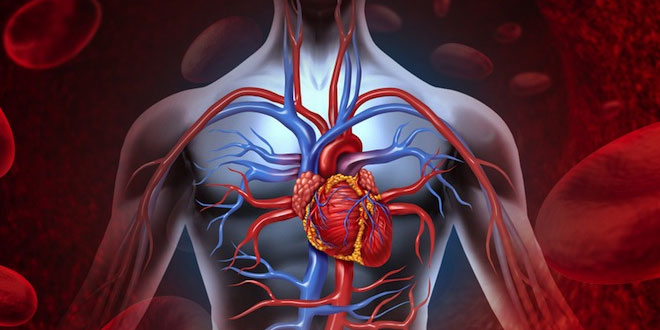Question: What are the different types of cells found blood?
Answer: Different types of cells found blood are:
Question: List the function of blood.
Answer: List the function of blood:
- Transports: It transports digested food from the small intestine to the other parts of the body.
- Carries oxygen: It carries oxygen from the lungs to the cells and carbon dioxide from the cells to the lungs. It also carries waste products from the cells to the kidneys for removal from the body.
- Protects: It protects the body against infection by destroying disease – causing germs.
- Clots: It clots blood when there is an injury or cut, preventing excess loss of blood.
Question: What are xylem and phloem? What are their roles?
Answer: Xylem is formed by tracheary elements like tracheids and vessels predominantly. There are a variety of other cells giving it the status of complex tissue. Primary xylem originates from the procambium during primary growth while secondary xylem has its origin in vascular cambium during secondary growth.
Phloem has sieve tubes, companion cells, bast fibers as its elements. Phloem originates from meristematic cells in vascular cambium- primary phloem from apical meristem and secondary phloem from vascular cambium.
- Xylem and phloem are the vascular tissues of a plant.
- Xylem which is responsible for conduction of water and minerals is a type of complex permanent tissue. It is made up of vessels, tracheads, xylem parenchyma and fibers. Vessels and tracheads, together known as tracheary elements, help in conduction of water and minerals In the upwards direction vessels have more perforations around itself than tracheads thus is more helpful for this purpose. Xylem parenchyma helps in sideway conduction and fibers provide support.
- Phloem is responsible for carrying dissolved food particles throughout the plant. It consists of sieve elements, companion cells, phloem fibers and phloem parenchyma. Transportation is done through sieve elements and phloem fibers and companion cells provide support.
- phloem parenchyma helps in food storage.
Question: What are the products excreted by plants during transpiration?
Answer: Absorveption and transportation of water is a continuous process which occurs with the help of transpirtion. Transpirtion is the process in which plants lose waster through the stomata. This results in water loss in the cells of the leaves and creates a pressure. The pressure helps to pull the water from the roots through the xylem of the stem to reach all the way to leaves.
Question: What is the difference between transpiration and translocation?
Answer: Difference between transpiration and translocation are:
 Class Notes NCERT Solutions for CBSE Students
Class Notes NCERT Solutions for CBSE Students


